
AeroGenie: il tuo copilota intelligente.
Tendenze
Categories
Lion Air Selects StandardAero for CFM56-7B Engine Maintenance
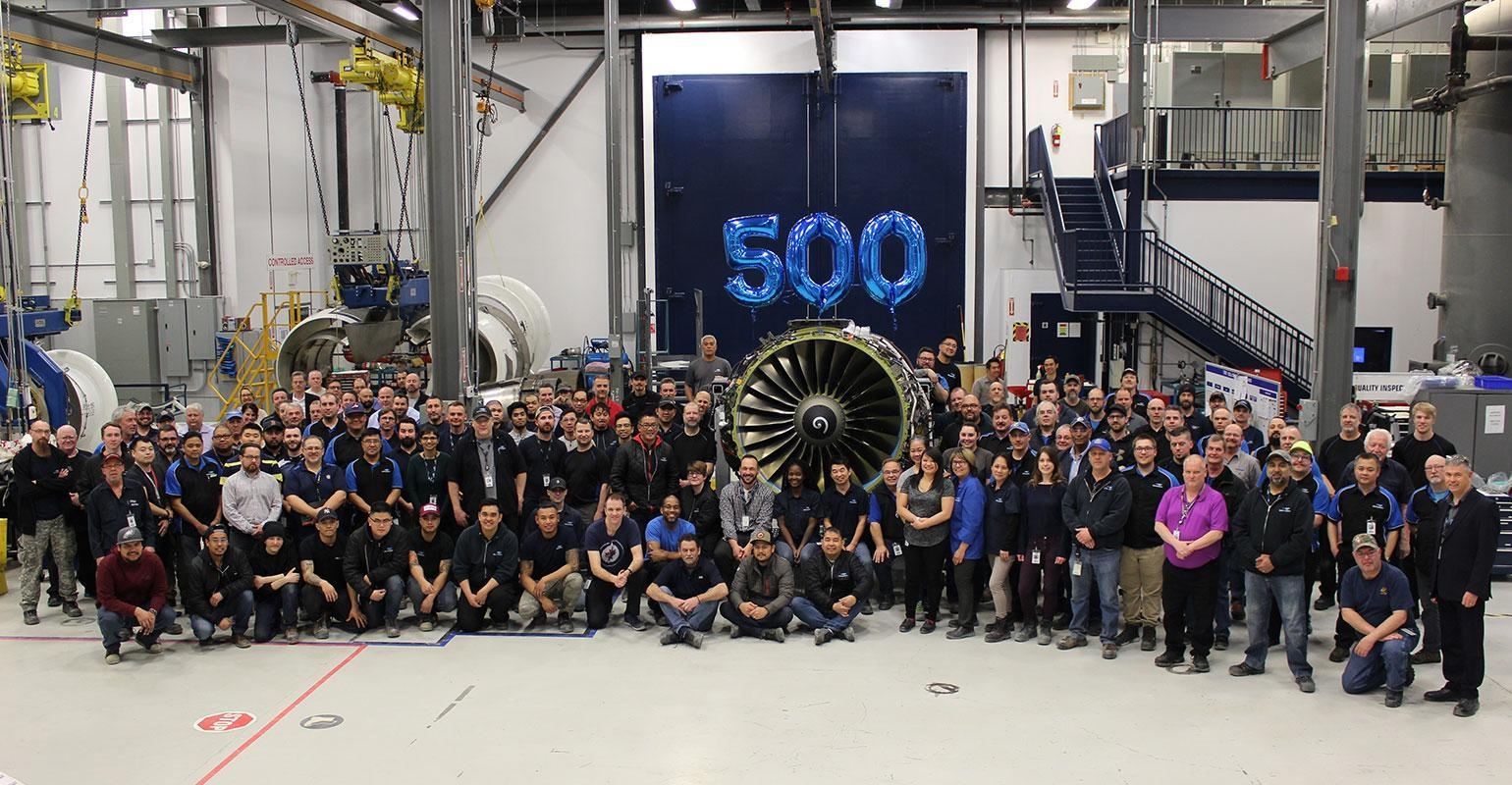
Lion Air Selects StandardAero for CFM56-7B Engine Maintenance
Lion Air, one of Southeast Asia’s largest airlines, has appointed StandardAero to provide maintenance, repair, and overhaul (MRO) services for its fleet of CFM56-7B turbofan engines. The agreement encompasses performance restoration shop visits (PRSVs) for engines powering over 100 Boeing 737-800 and 737-900 aircraft operated by Lion Air and its subsidiaries. StandardAero will carry out the maintenance work at its CFM-authorised facility in Winnipeg, Canada, with the first engine already inducted in December.
Partnership and Industry Perspectives
Angga Darvinda, Lion Air’s head of commercial and powerplant management, emphasized the airline’s longstanding relationship with StandardAero. He noted that the company has been a dependable MRO partner for their PW127M engine fleet for many years and expressed confidence that StandardAero would deliver a similarly high level of service for the CFM56-7B engines. Darvinda described the collaboration as a significant milestone in their ongoing partnership, anticipating mutual benefits for both parties.
From StandardAero’s side, Will Pitcher, senior vice president of sales, marketing, and customers for the airline and fleet business unit, highlighted Lion Air’s rapid growth within one of the industry’s fastest expanding regions. He expressed pride in providing the airline and its subsidiaries with reliable, high-quality engine services for the foreseeable future.
Market Implications and Future Outlook
This partnership aligns with StandardAero’s broader strategy to strengthen its position in the global MRO market, following recent agreements with other operators such as Air Central. These collaborations reinforce the company’s reputation for technical expertise and reliability, offering airlines assurance of superior engine performance and operational support.
Lion Air’s decision to engage StandardAero may intensify competition among MRO providers. Industry analysts suggest that this move could lead to increased scrutiny of StandardAero’s capacity and pricing structures, as competitors may respond with competitive pricing or enhanced service offerings to maintain or grow their market share. The evolving dynamics of the MRO sector underscore the critical importance of service quality and operational efficiency in this highly competitive environment.
As Lion Air continues to expand its fleet, maintaining high standards of safety and reliability remains paramount. The partnership with StandardAero is expected to establish new benchmarks in airline service excellence. Such collaborations are viewed as essential drivers of technological advancement and operational improvement within the aviation industry, ultimately benefiting both airlines and their passengers.
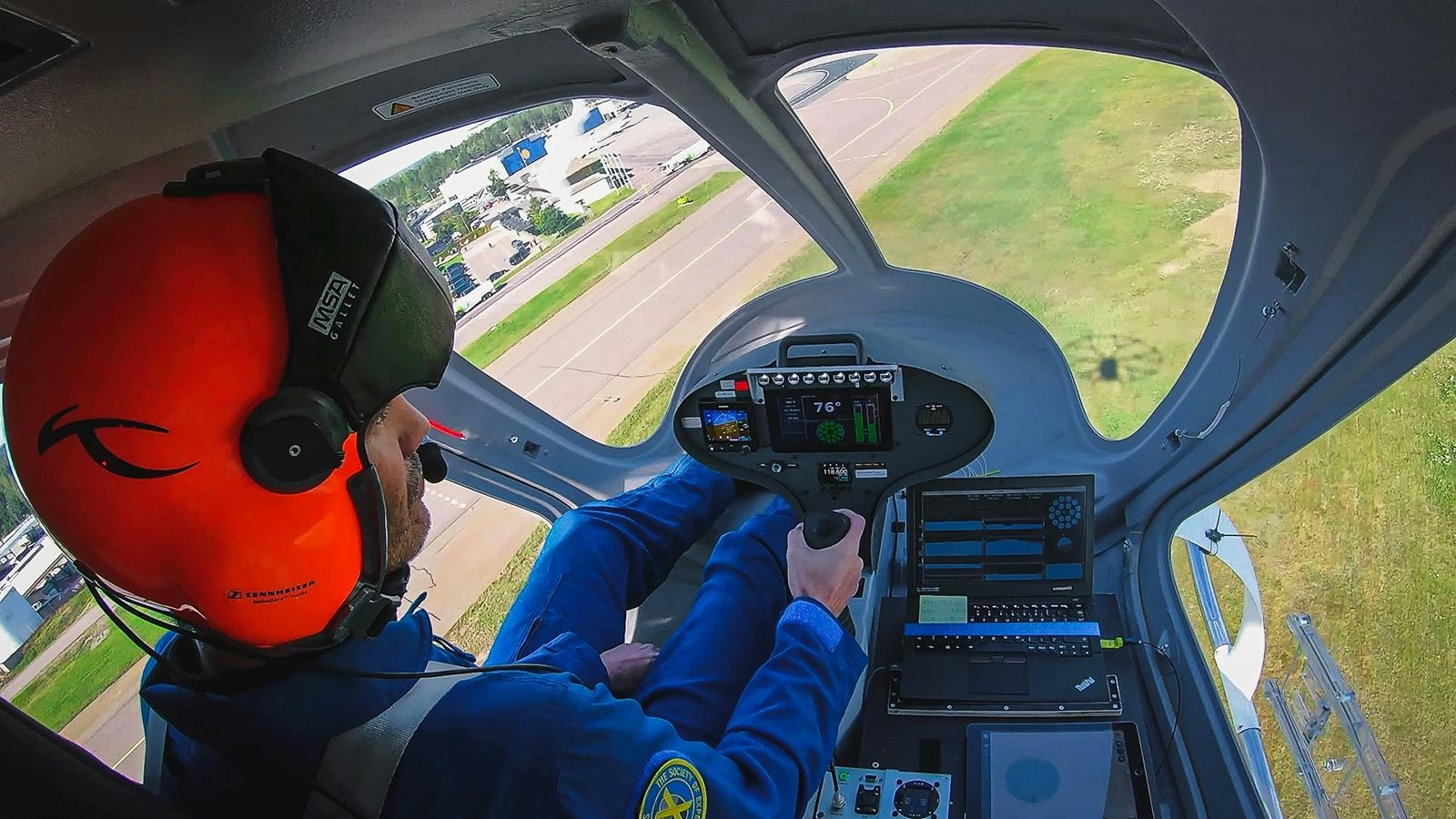
Joby Begins Air Taxi Pilot Training Program in California
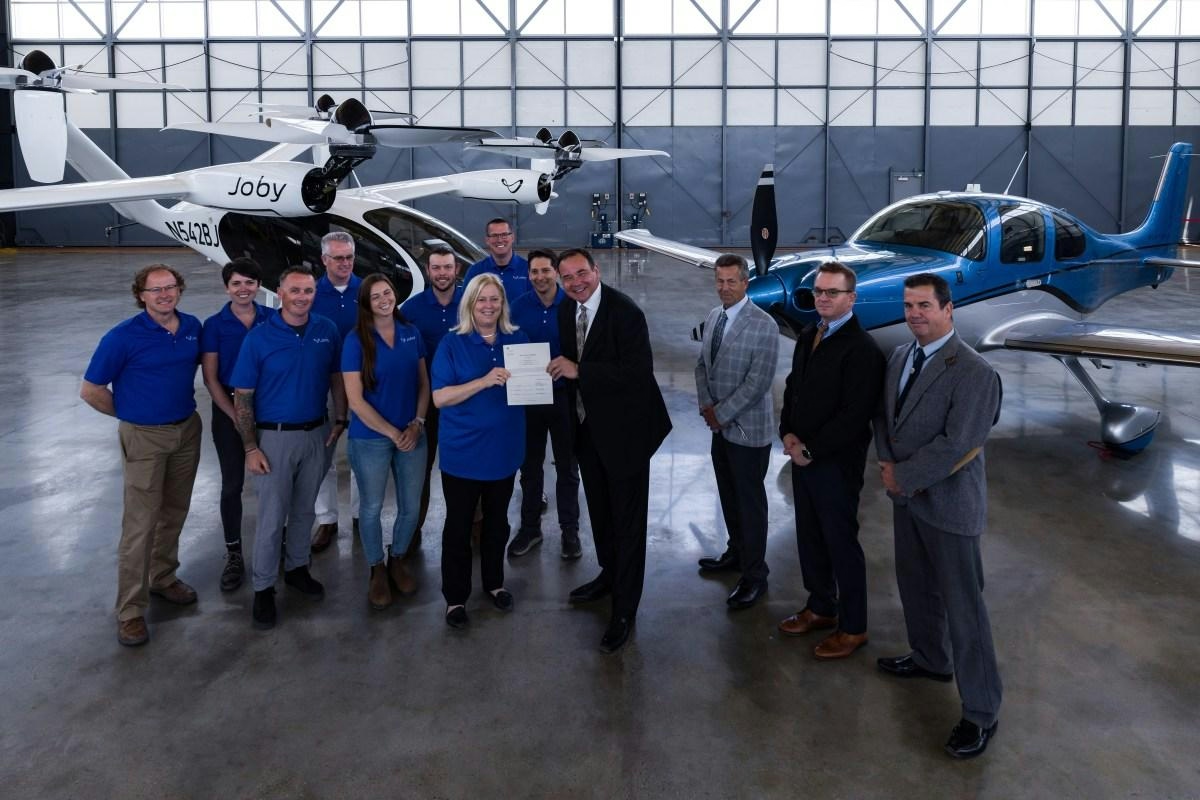
Joby Receives First CAE Flight Simulator to Enhance Air Taxi Pilot Training in Marina
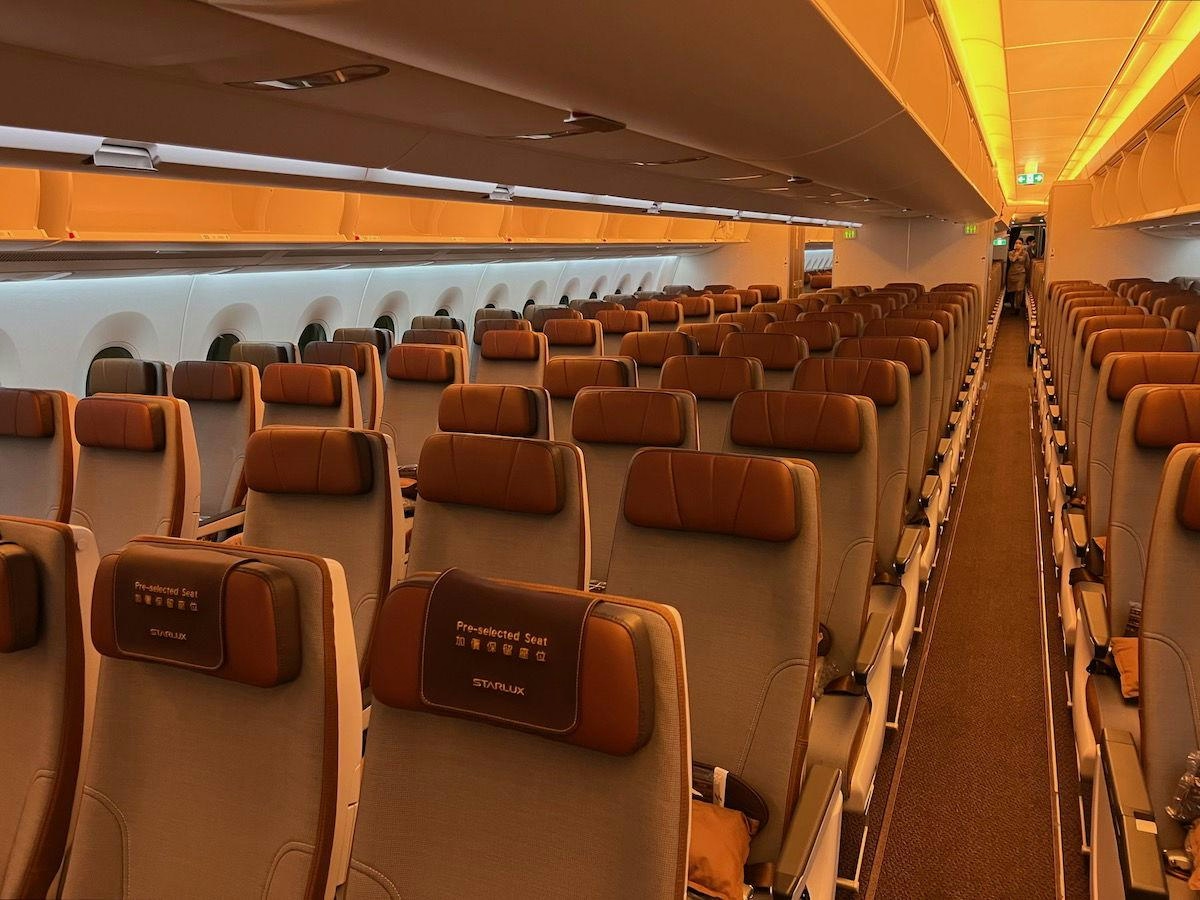
Review of Airbus Widebody Aircraft

Nomad Technics Completes Maintenance on Challenger 650

CFM56 Engine Repurposed to Power AI Data Centers
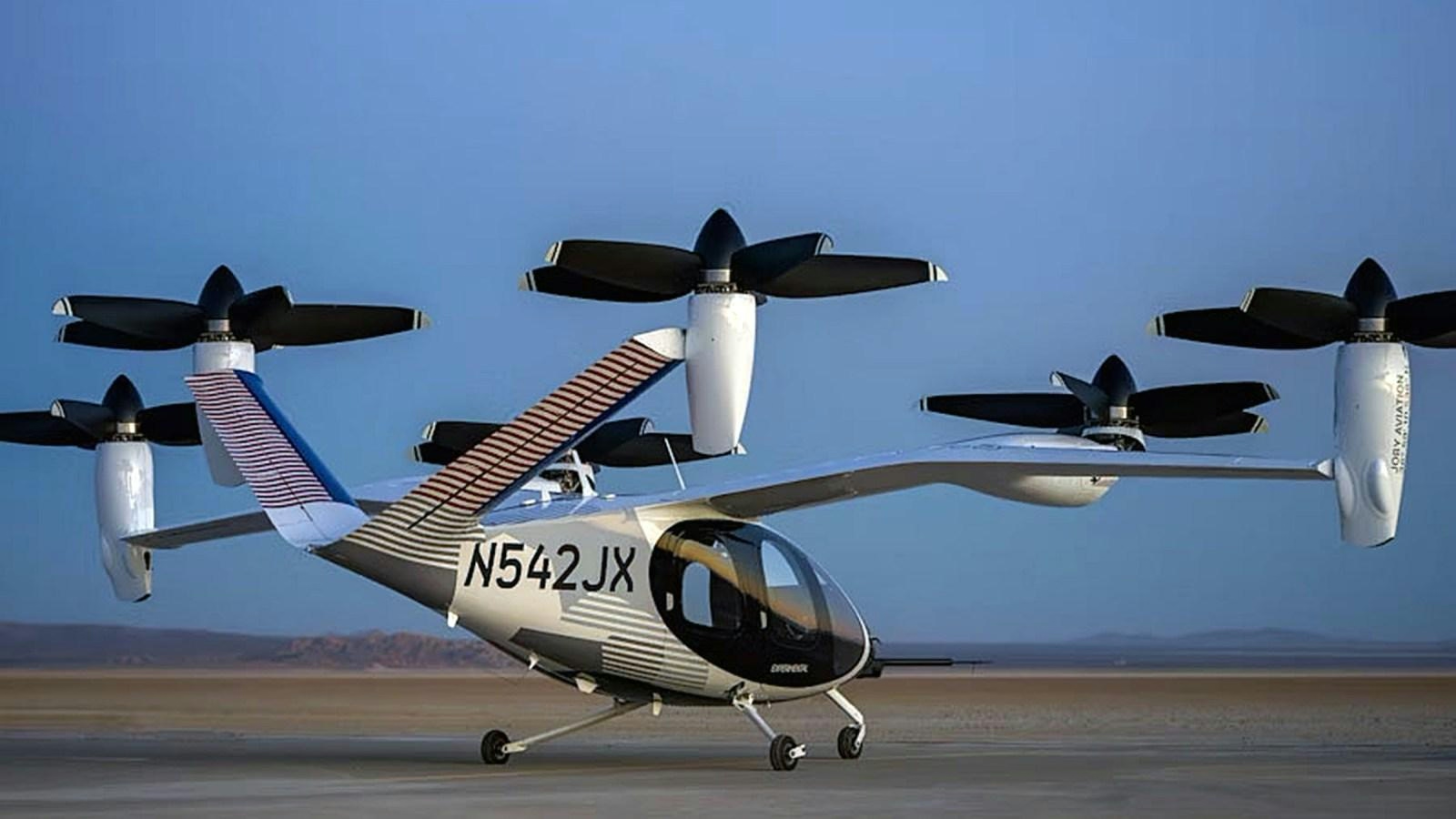
Joby Aviation Prepares for Air Taxi Pilot Training Ahead of CES 2026
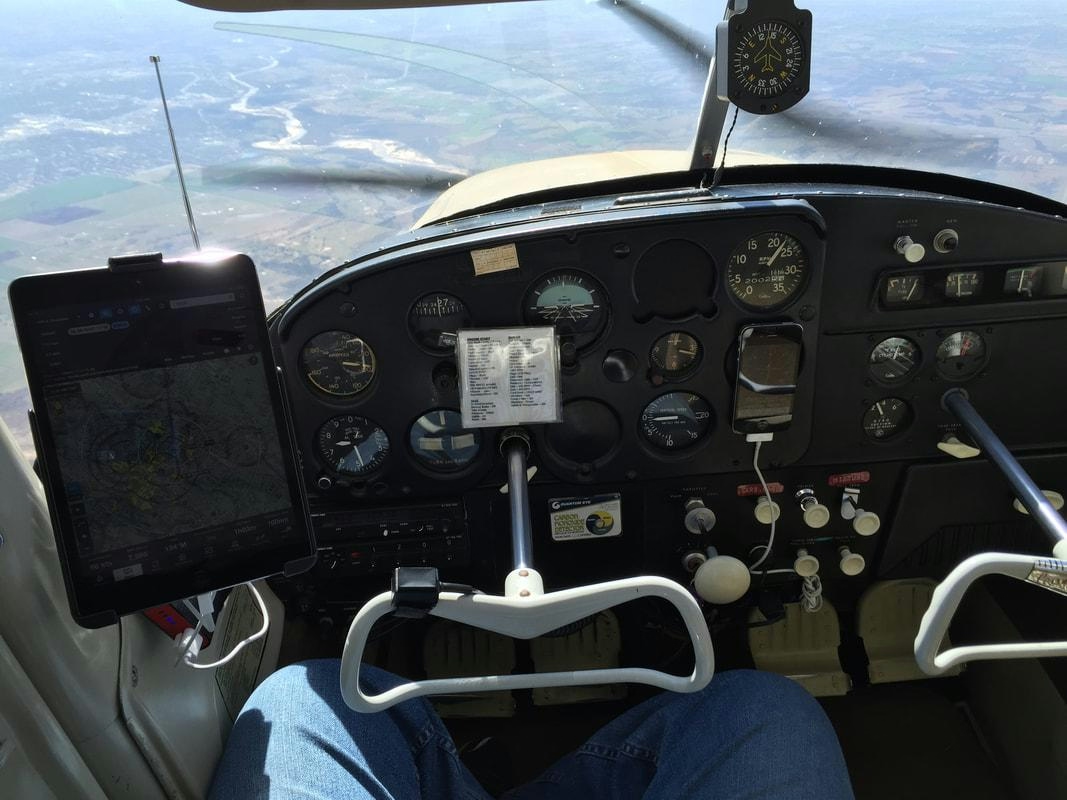
Fuel Exhaustion Caused by Incorrect Fuel Selector Installation

American Airlines to Offer Free Wi-Fi to Select Passengers
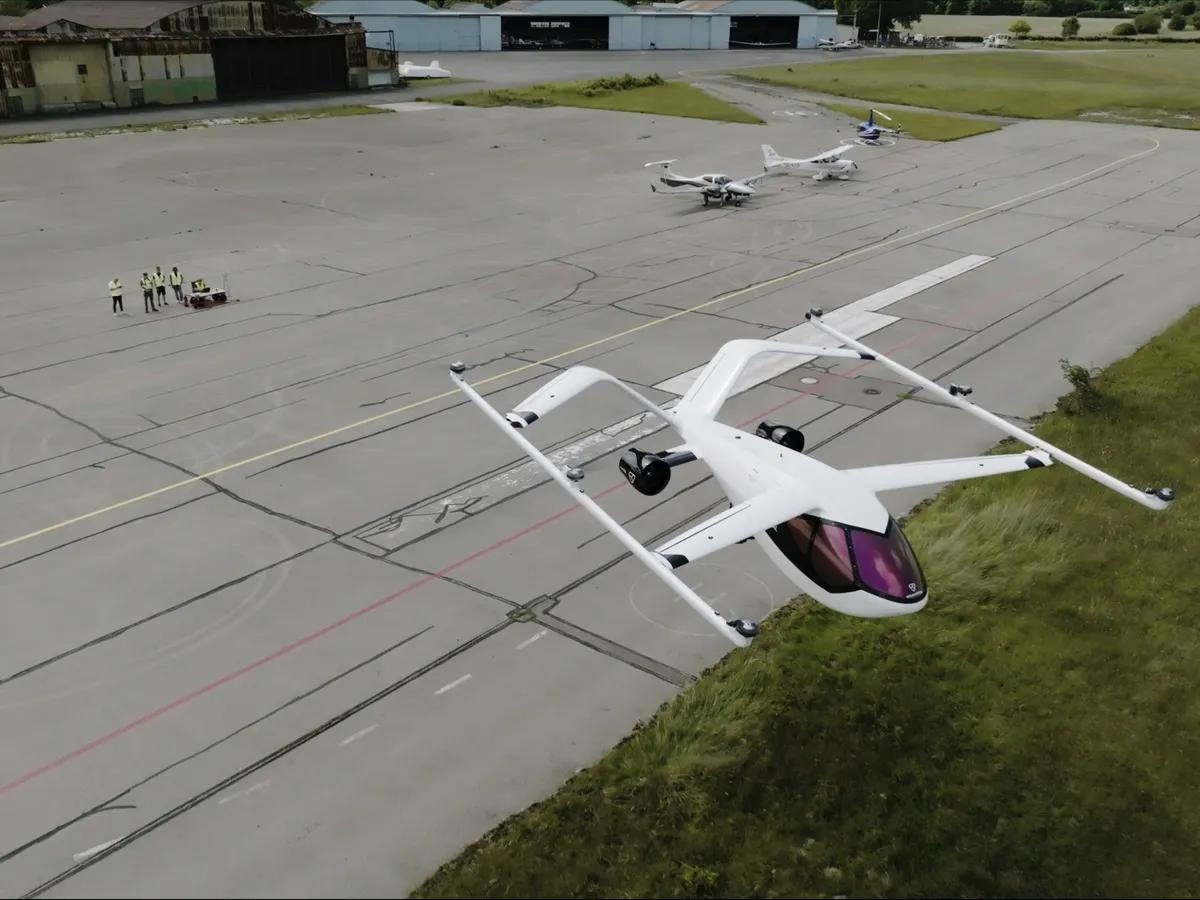
The Growing Role of eVTOL Aircraft
